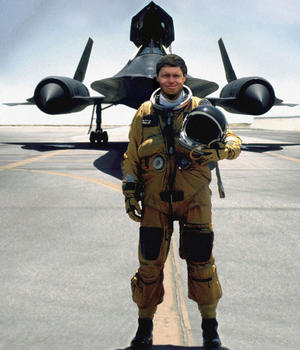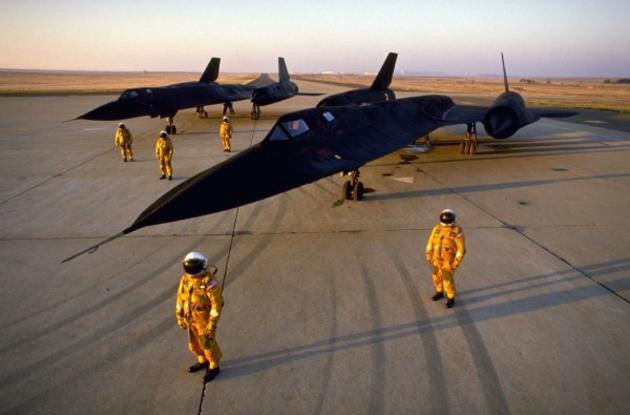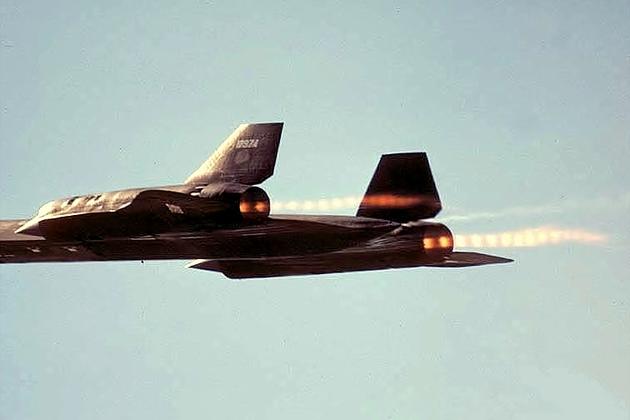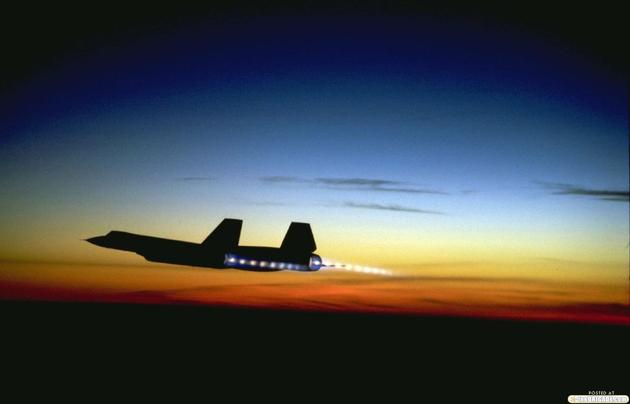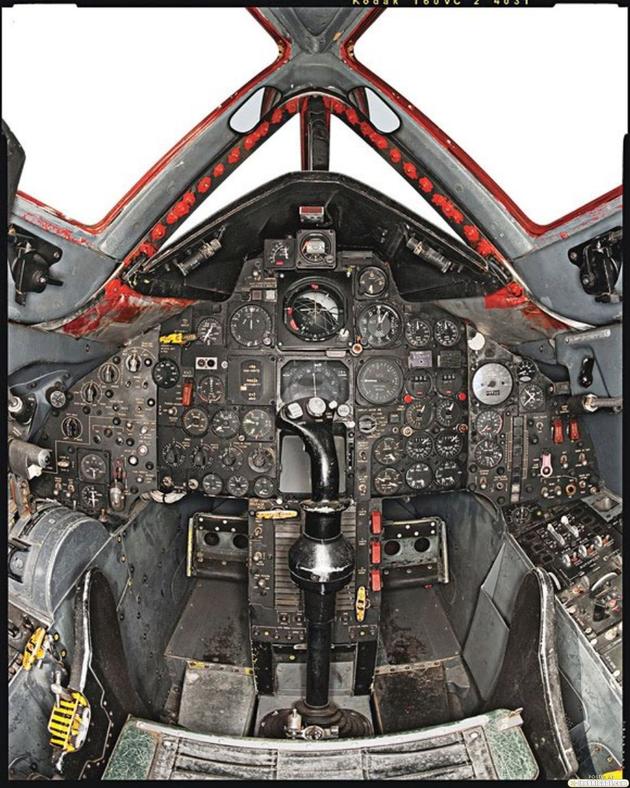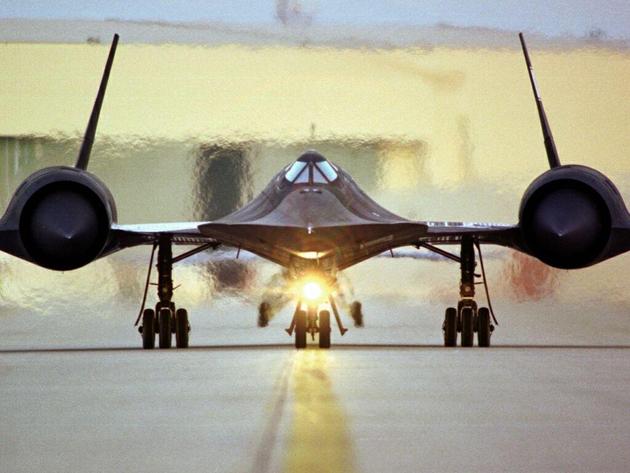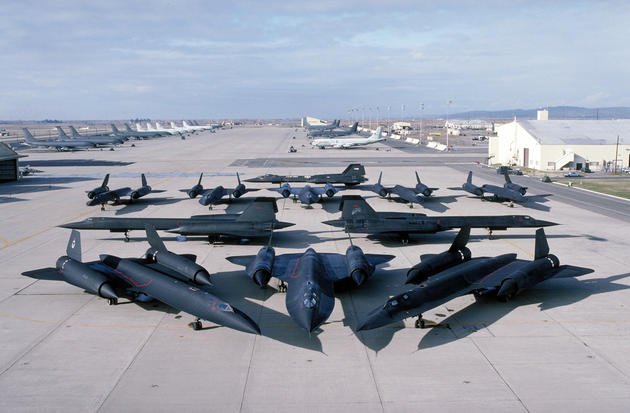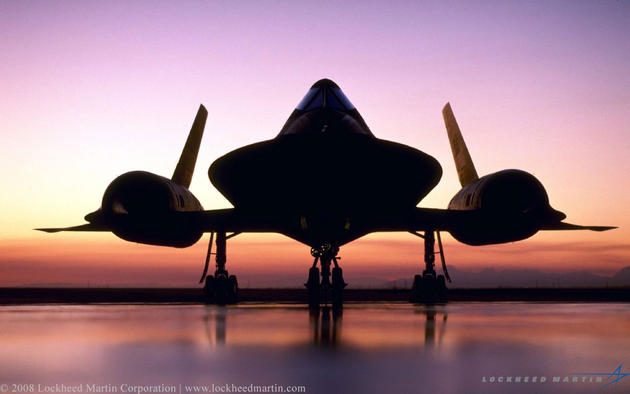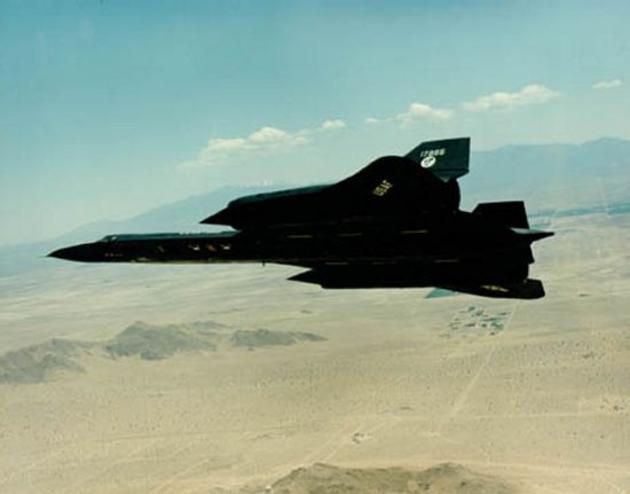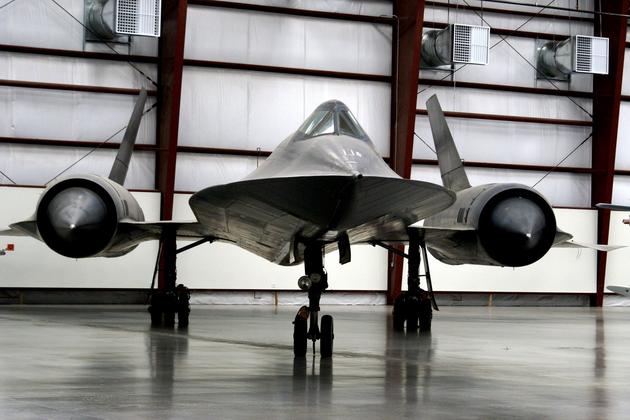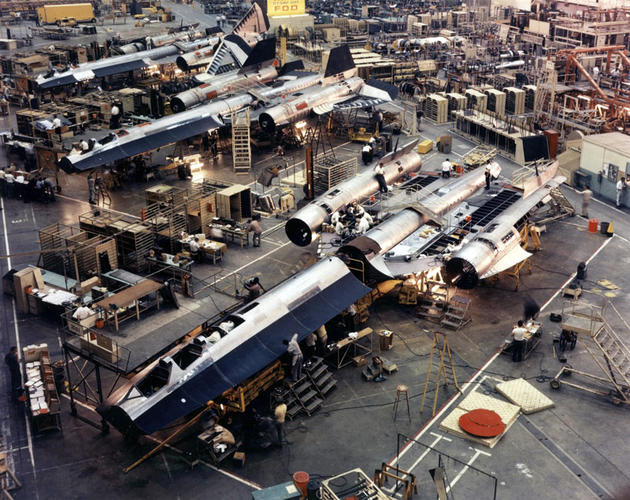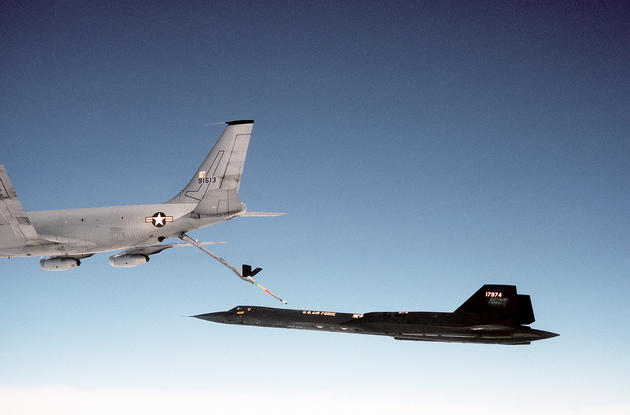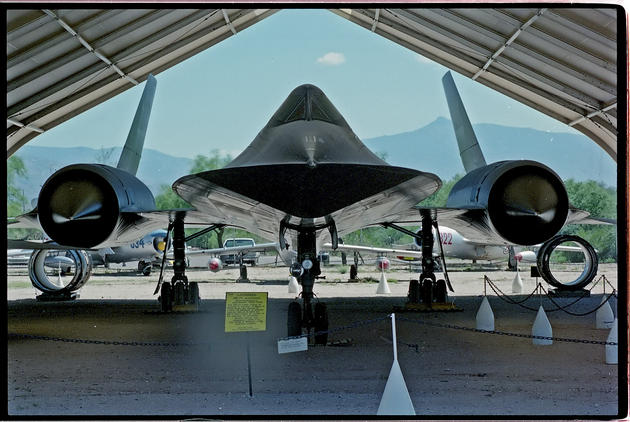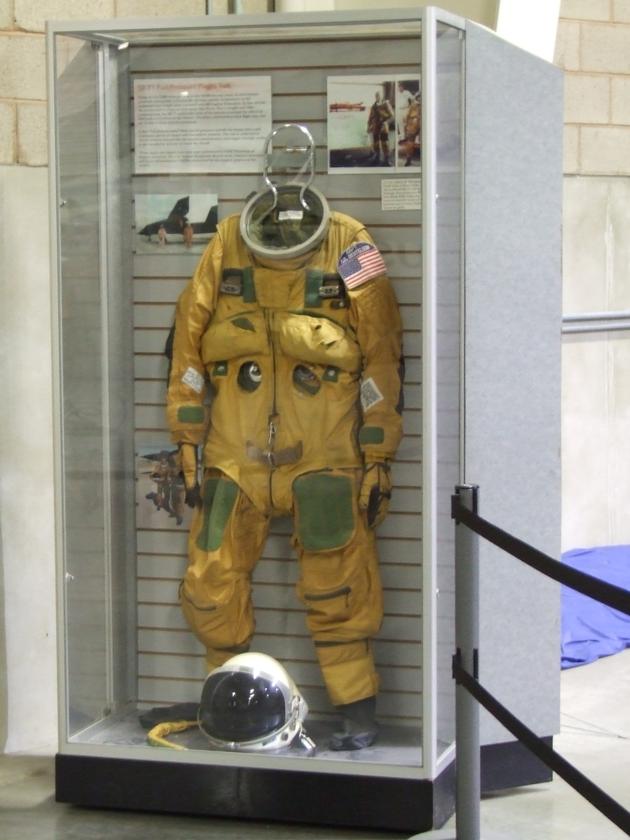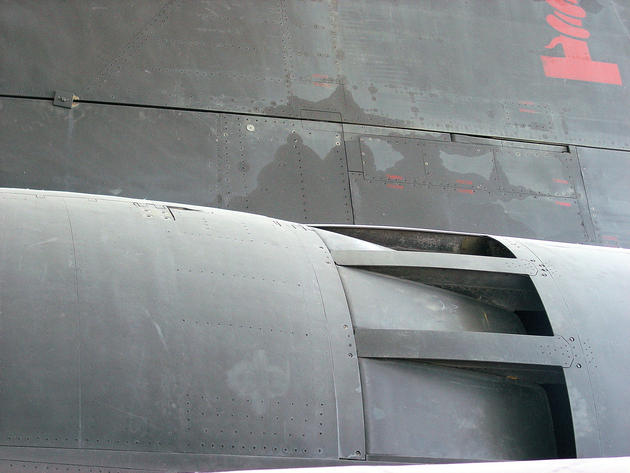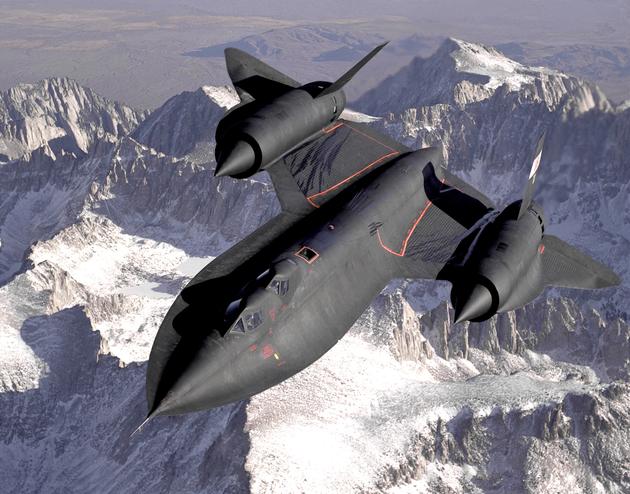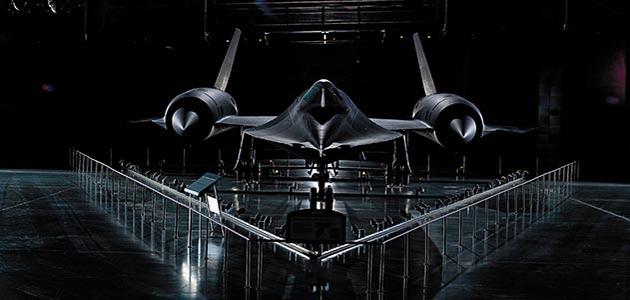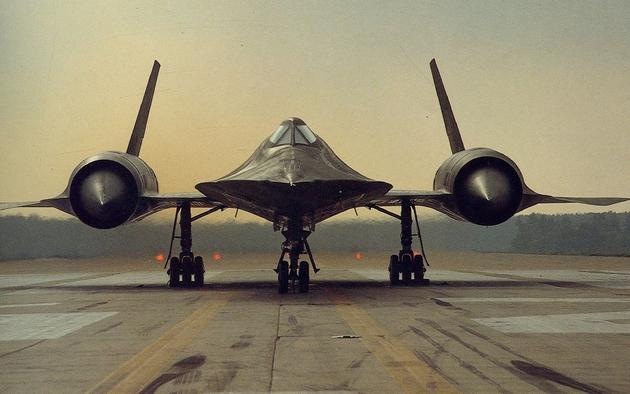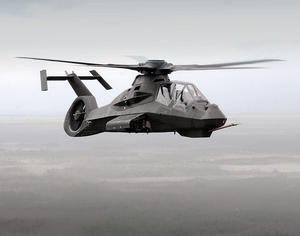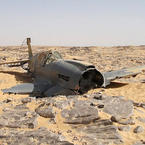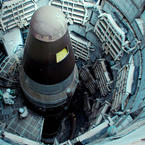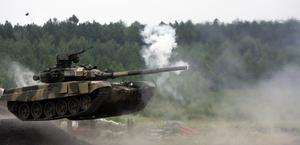Facts You Didn’t Know About the SR-71 Blackbird
Aug 5 2011
During the late 1950's Cold War was at large, and USA was actively planning the construction of a top-secret aircraft that would soon replace the U-2. What came next was an airplane that would never become obsolete to this day – the Blackbird.
Read the amazing story about the most influential aircraft of the 20th century.
Cover-ups and Secrecy
When the request for a strategic reconnaissance aircraft was put in by the C.I.A., Lockheed Skunk Works were the first to respond with a superbly radical design. Proposed was an airframe that could reach an extreme velocity of Mach 3.5 at near space altitudes, while having an exceptionally low cross-radar signature that would make it almost impossible for the Soviets to spot.
C.I.A. created several cover-up companies which were used to purchase the required Titanium for the construction of Blackbirds from Soviet Union – quite ironic considering a lot of missions consisted of relaying intel about the country that the materials were purchased from.
Titanium Structure
Before the Blackbird, titanium was only used in high-temperature exhaust fairings and other small parts directly related to supporting, cooling, or shaping high-temperature areas on aircraft. The Blackbird however was constructed mainly out of titanium (~85%) and the rest were high-end composite materials.
Production in 1960's
Because this aircraft was way ahead of its time, many new technologies had to be invented specifically for this project – some still in use today. One of the biggest problems that engineers faced at that time was working with Titanium. Kelly Johnson explains, “We produced 6,000 parts, and of them fewer than ten percent were any good. The material [Titanium] was so brittle that if you dropped a piece on the floor it would shatter”.
Ordinary drills were rendered useless because after about 17 rivet holes the drill would be completely destroyed. During the welding process, an extremely rare and expensive argon shielding gas had to be used to eliminate oxygen from the metal to ensure the highest quality of welds.
Flying the Blackbird
Crews flying at altitudes of 80,000ft (24,000m) face two main survival problems: maintaining consciousness at high altitude, and surviving a possible emergency ejection. Major Brian Shul – the author of Sled Driver, a book about his experience as a pilot of the SR-71 – said that wafting along at mach 3.5 flew by so fast, that you can cover several countries in the Middle East in mere minutes.
Pilots required pressurized flight suits to cope with the low atmospheric pressure and lack of oxygen at high altitudes.
Image © sleddriver.com (as well as article preview photo)
Because computerized equipment was non-existent during the design and construction of Blackbird (late 1950’s – early 1960’s), the cockpit was unsurprisingly analog.
Mach 3.5+ Flight
At full velocity, the airplane surface heats up to temperatures of 260°C+ (500 °F). Things inside of the cockpit would heat up to 120°C if the airplane didn't have proper air conditioning system.
Following the landing, there were “cool-off” periods, when the ground crew and pilots had to wait for the surfaces of the air frame to cool off.
Secret Missions and Spy Equipment
A total of 3,551 mission sorties were flown to spy on military installations, troop movements and nuclear silos during the cold war with Soviet Union. The airplane’s spy equipment allowed it to survey 100,000 square miles (260,000 km2) per hour of the Earth's surface from an altitude of 80,000 feet (24,000 m).
Many missions were flown over conflict countries in the Middle East, Asia and large part of Europe. The sheer size of the aircraft was a fundamental part of the design; in 1960's there was no computerized equipment and all of the required gear was large and needed sufficient space to fit.
Stealth and Threat Avoidance
The unique shape, combined with materials used to coat the airframe, gave the Blackbird impressively low radar signature. The SR-71 was one of the first aircraft to get hugely noticeable difference in its ability to stay “invisible” to radar.
A total of 12 out of the 32 aircraft built were lost. The important thing to take note of is that none of the Blackbirds were lost due to enemy military retaliation. All SR-71 crew had to do upon a missile launch, was to increase the throttle and watch the missile get further and further away from striking distance.
Special paint that further reduced aircraft’s radar signature was used to coat its titanium shell.
Unsolved Design Problems
Without a doubt the Blackbird was an airplane ahead of its time, and due to the lack of technology in the early 60’s, several design “flaws” (so to speak) were left unsolved.
A big complication for the designers was the creation of fuel tanks (fuel cells). Since there were no materials at that time that would make it possible to withstand the extreme temperature differences of a normal flight of the aircraft, Lockheed ended up designing the cells in such a way that once the airplane surface was hot enough they would expand, sealing the leaking fuel.
The following photograph captures some of this fuel loss (on the wings) quite clearly.
Buy this photo as a 18"×24" print, or as a mouse pad mat.
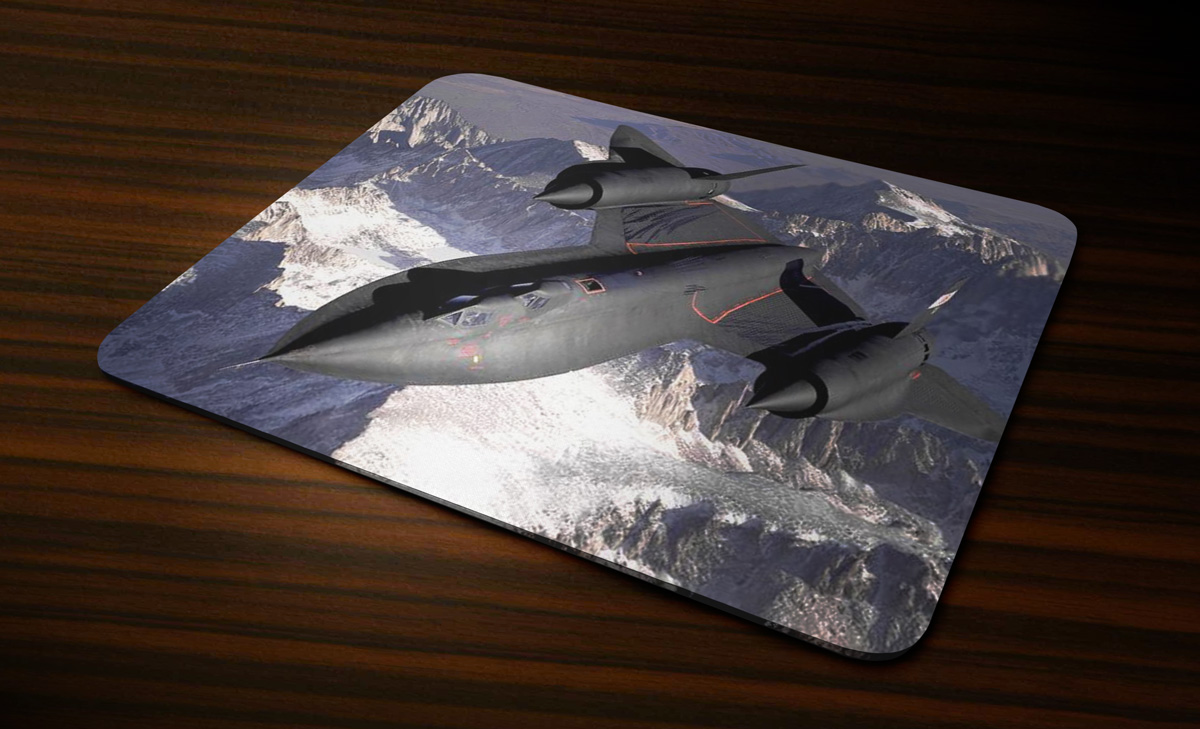
To decrease take-off load, and therefore stress on the titanium airframe, SR-71's fuel cells were only partially filled. Crews also had to use two different mixtures of fuel: one to start the aircraft, and the other to actually fly it. SR-71 had to be immediately refueled once it was airborne from a KC-135Q Stratotanker.
Early Retirement, and Actual Retirement
The SR-71 fleet was so expensive to maintain that the USAF first tried retiring the Blackbird in 1987, and finally with its first official retirement in 1989, the SR-71 program was shut down.
During the 1993 conflict in Middle East, a requirement of expedited reconnaissance became clear. The SR-71 program was re-examined by congress which resulted in the renewal of the Blackbird fleet.
The Blackbird project was finally (and permanently) retired in 1998. Two last flyable Blackbirds were given to NASA which flew until 1999. All but two SR-71’s (the ones given to NASA) are now in museums for people to see.
Thirsty for more intel on SR-71?
Below are some of the best books on the subject which you can buy online. Here you'll find the most intriguing first-hand stories, insight into some of the operations and secret missions (along with detailed never-before-seen flight plans), you'll get to know more about the construction and anatomy of the aircraft (including its use of stealth technology), and much, much more! Enjoy!
Please note: prices and information might differ – check Amazon.com for the latest information on products.
Still can't get enough of SR-71?
Worry not! Here are some great scale models and related accessories to surround yourself in all the awesomeness that is SR-71.
Share this post:
Like our Facebook page & receive daily updates on your wall:
You May Also Like
America's First Stealth Helicopter
Sep 9 2011
With a recent post about the crash of a new top secret US stealth helicopter, we have decided to dedicate a post to the first helicopter (also American) that utilized stealth technology - the Comanche.
